Japanese Maple Seed Propagation: Tips On Planting Japanese Maple Seeds
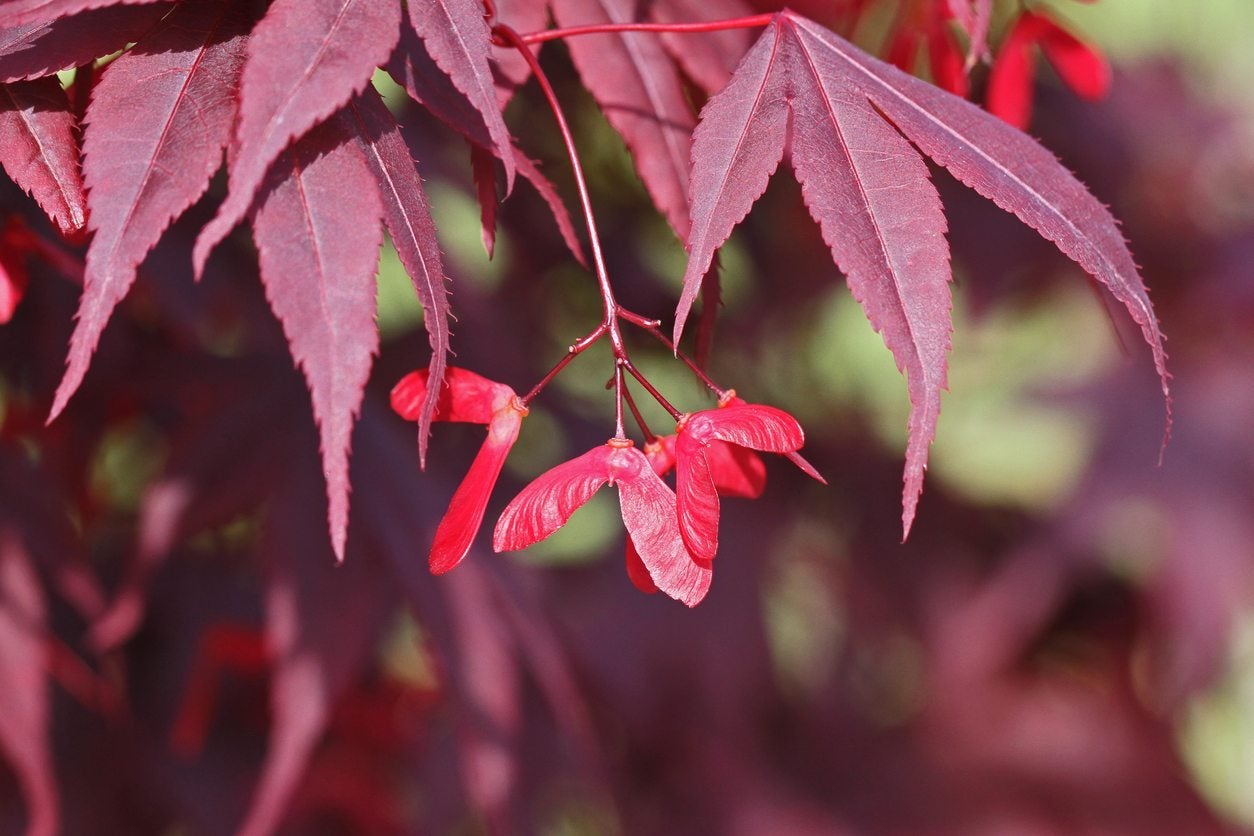

Japanese maples have a well-deserved place in the hearts of many gardeners. With beautiful summer and fall foliage, cold hardy roots, and often a compact, manageable shape, they are the ideal specimen tree. They are often bought as saplings, but it’s also possible to grow them yourself from seed. Keep reading to learn more about how to germinate Japanese maple seed.
Growing Japanese Maples from Seed
Can you grow Japanese maples from seed? Yes, you can. Can you grow any variety of Japanese maple from seed though? That’s a very different question. Most of the stunning Japanese maple varieties that you can buy in the nursery are actually grafted, meaning the seeds they produce won’t grow into the same tree.
Much like planting an apple seed from an apple will likely result in a crabapple tree, planting a seed from a Japanese maple will probably result in a generic Japanese maple tree. It will still be a Japanese maple, and it may still have red summer foliage, but chances are it won't be quite as remarkable as its parent.
So, is growing Japanese maples from seed a lost cause? Not at all! Japanese maples are great trees, and they reliably turn beautiful bright colors in the fall. Since you never know quite what you’re going to get, you might stumble across a really beautiful specimen.
How to Germinate Japanese Maple Seed
Japanese maple seeds are ripe in the fall. This is the time to collect them-- when they’re brown and dry and falling from the trees. You can plant both seeds that have fallen to the ground and seeds you’ve picked from the tree.
When planting Japanese maple seeds, it’s important to pretreat them before sowing them in the ground. If you plan on planting your seeds outdoors in the spring, place them in a paper bag and store them in a cool, dark place through the winter. If you plan on starting them indoors in a pot, you can skip the winter storage and begin treating the seeds right away.
First, break off the wings of the seeds. Next, fill a container with water that’s very warm but not too hot to put your hand in it, and soak your seeds for 24 hours.
Gardening tips, videos, info and more delivered right to your inbox!
Sign up for the Gardening Know How newsletter today and receive a free copy of our e-book "How to Grow Delicious Tomatoes".
Then mix the seeds in a small amount of potting soil and put it all in a sealable plastic bag. Poke a couple holes in the bag for ventilation and put it in your refrigerator for 90 days to stratify.
Once the 90 days are up, you can plant the seeds in a container or directly in the ground. If you live somewhere with cold winters, you can skip the fridge and simply sow your seeds outdoors after they soak. The cold of winter will stratify the seeds just as well.

The only child of a horticulturist and an English teacher, Liz Baessler was destined to become a gardening editor. She has been with Gardening Know how since 2015, and a Senior Editor since 2020. She holds a BA in English from Brandeis University and an MA in English from the University of Geneva, Switzerland. After years of gardening in containers and community garden plots, she finally has a backyard of her own, which she is systematically filling with vegetables and flowers.
-
 Looking For Plants To Give You The Soft And Fuzzies? Try These 5 Fuzzy Leaf Plant Options
Looking For Plants To Give You The Soft And Fuzzies? Try These 5 Fuzzy Leaf Plant OptionsLovers of texture, drama, silver foliage and tactile plants will adore these special sensory garden additions. These fuzzy leaf plant options will leave you all aglow
By Susan Albert
-
 Get Ready For A Summer Of Hummers! Grow These Full Sun Hummingbird Plants and Flowers
Get Ready For A Summer Of Hummers! Grow These Full Sun Hummingbird Plants and FlowersIf you’re lucky enough to enjoy a sunny backyard, make sure you are maxing out on your pollinator opportunities and grow these full sun hummingbird plants and flowers
By Tonya Barnett
-
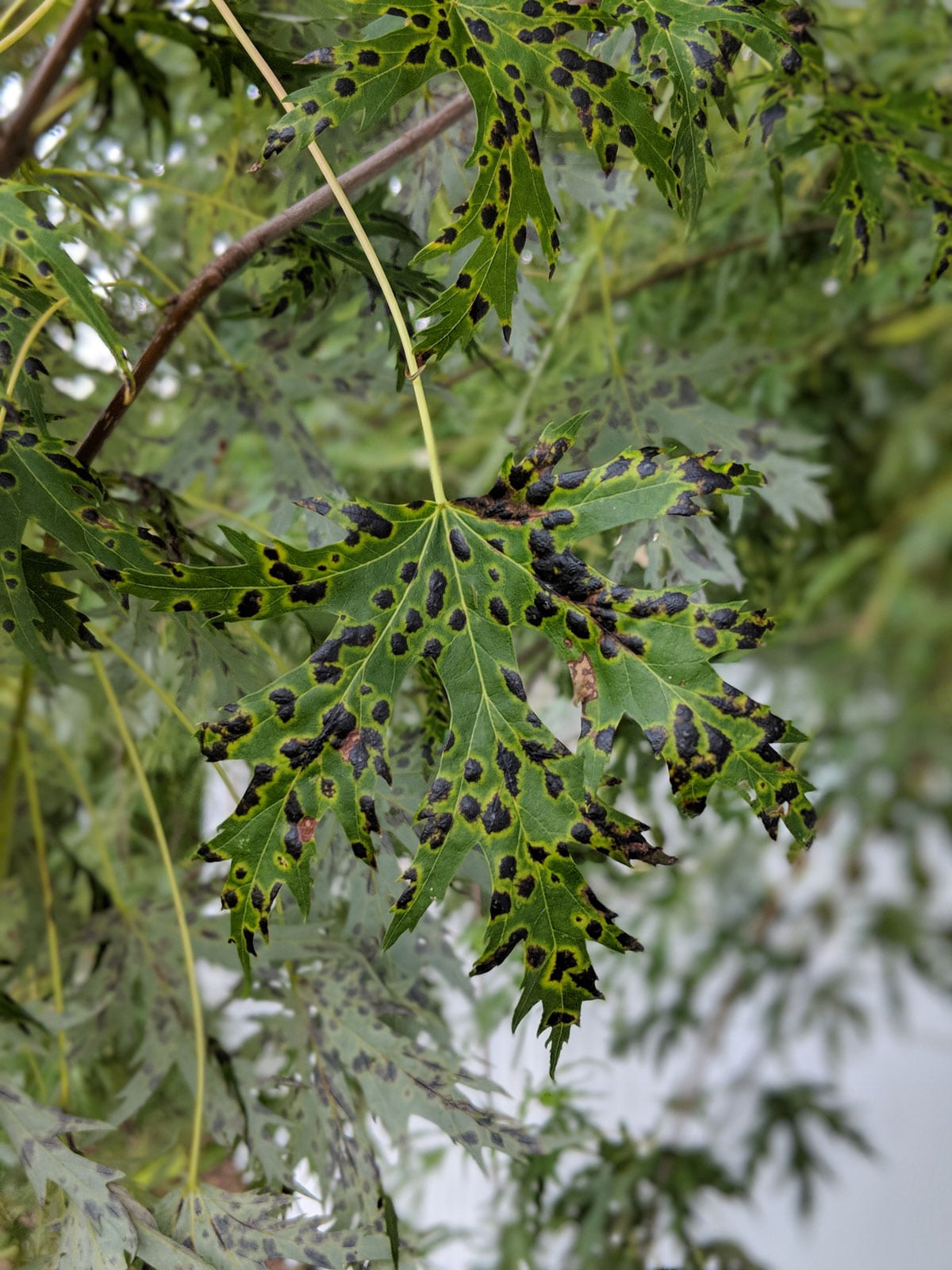 Japanese Maple Tar Spots: Treating A Japanese Maple With Tar Spots
Japanese Maple Tar Spots: Treating A Japanese Maple With Tar SpotsOnce established, Japanese maple plantings usually require little attention from homeowners, with the exception of a few common tree issues – tar spot on Japanese maples being one of these. Learn about treating a Japanese maple with tar spot in this article.
By Tonya Barnett
-
 Why Japanese Maple Won’t Leaf Out – Troubleshooting A Leafless Japanese Maple Tree
Why Japanese Maple Won’t Leaf Out – Troubleshooting A Leafless Japanese Maple TreeFew trees are more charming than Japanese maples with their deeply cut, starry leaves. If your Japanese maple won?t leaf out, it?s very disappointing. Leafless Japanese maple are stressed trees, and you?ll need to track down the cause. Click here to learn more.
By Teo Spengler
-
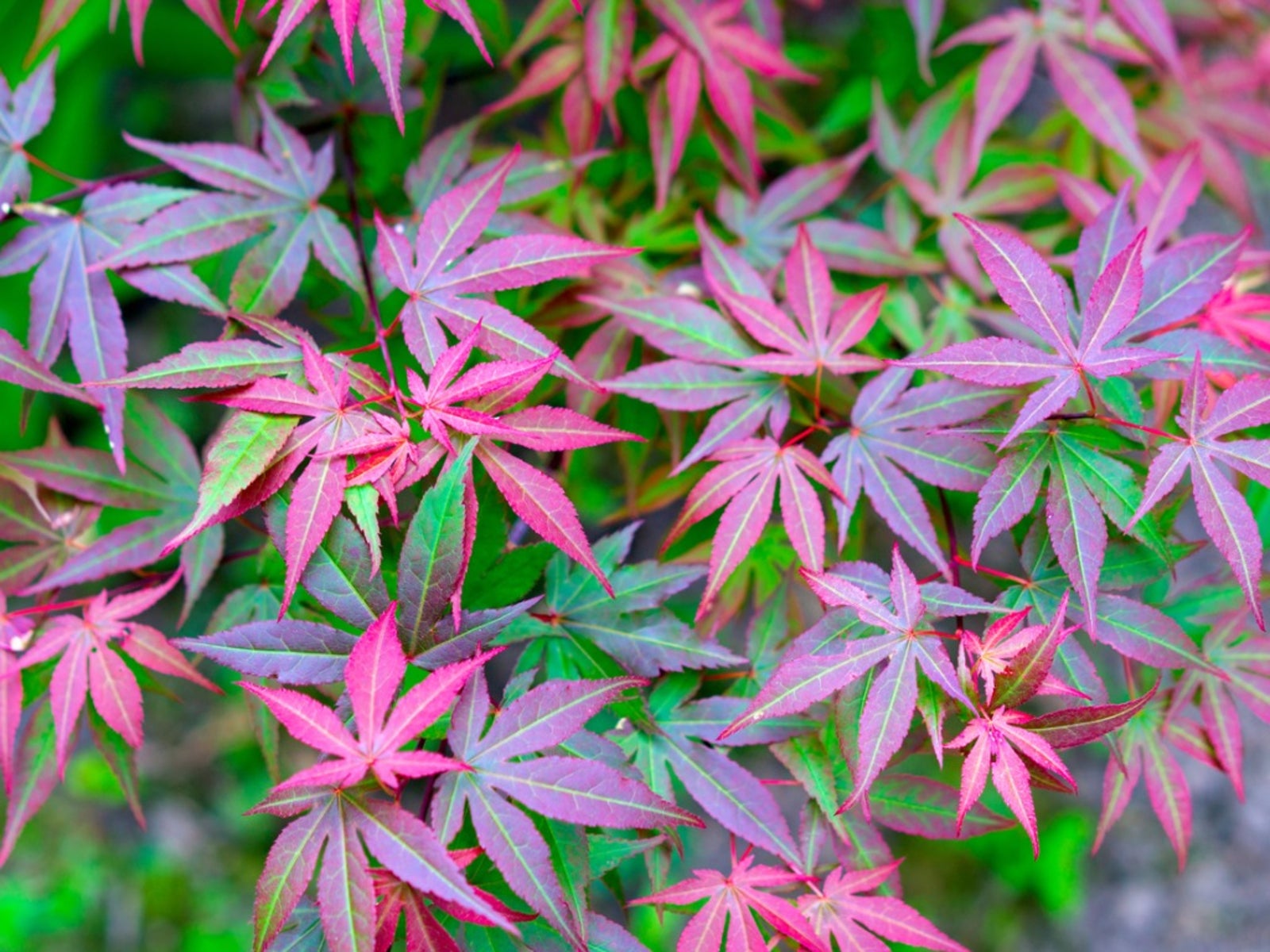 Japanese Maple Leaf Spot: What Causes Spots On Japanese Maple Leaves
Japanese Maple Leaf Spot: What Causes Spots On Japanese Maple LeavesWith a compact size, interesting foliage, and beautiful colors, Japanese maple can anchor a space and add a lot of visual interest. If you're seeing spots on Japanese maple leaves, though, you may be worried for your tree. Find out what those spots are and what to do about them here.
By Mary Ellen Ellis
-
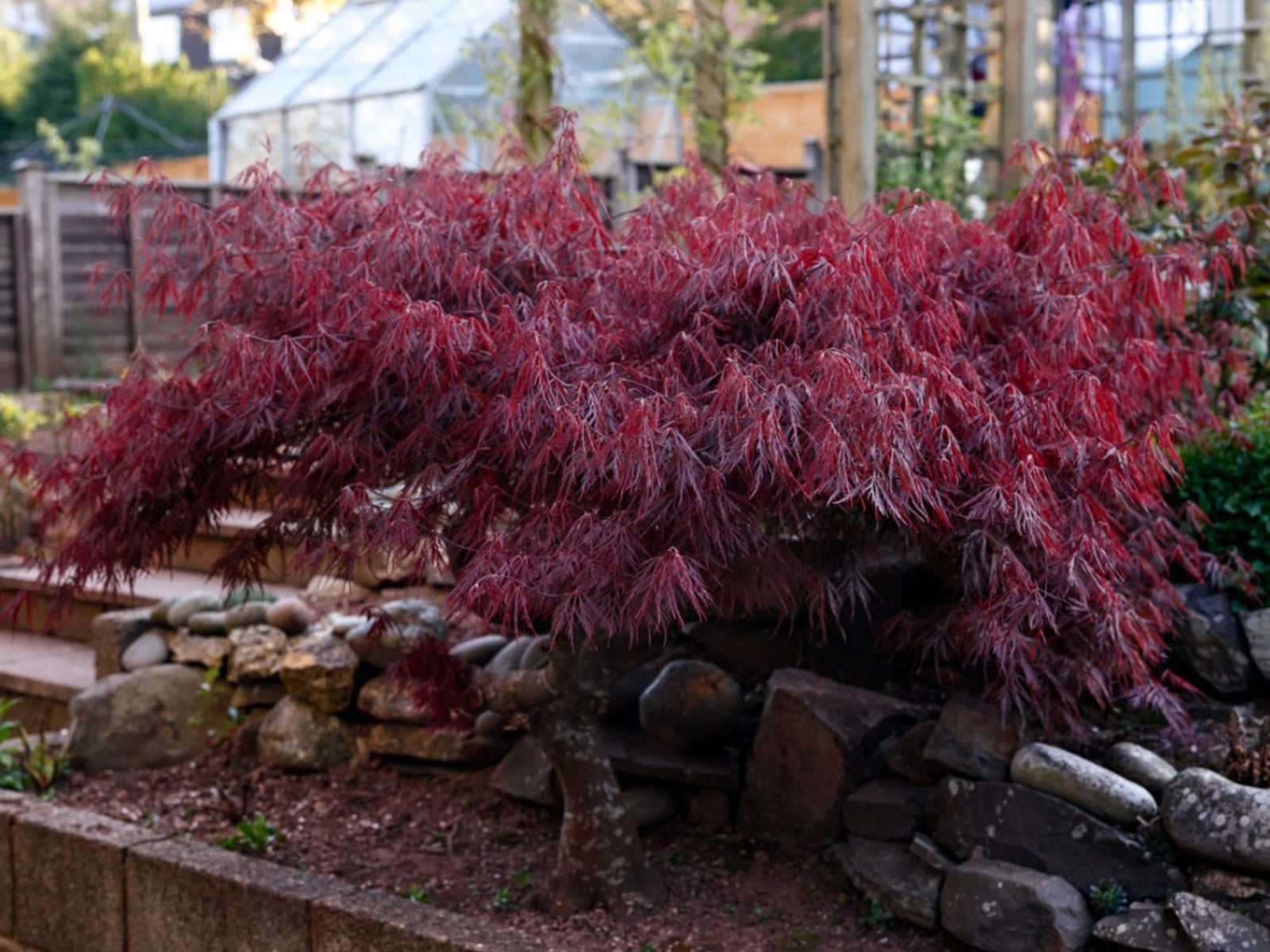 Japanese Weeping Maple Care: Tips For Growing Japanese Weeping Maples
Japanese Weeping Maple Care: Tips For Growing Japanese Weeping MaplesJapanese weeping maple trees are among the most colorful and unique trees available for your garden. And, unlike regular Japanese maples, the weeping variety grows happily in warm regions. Click this article for additional information about Japanese weeping maples.
By Teo Spengler
-
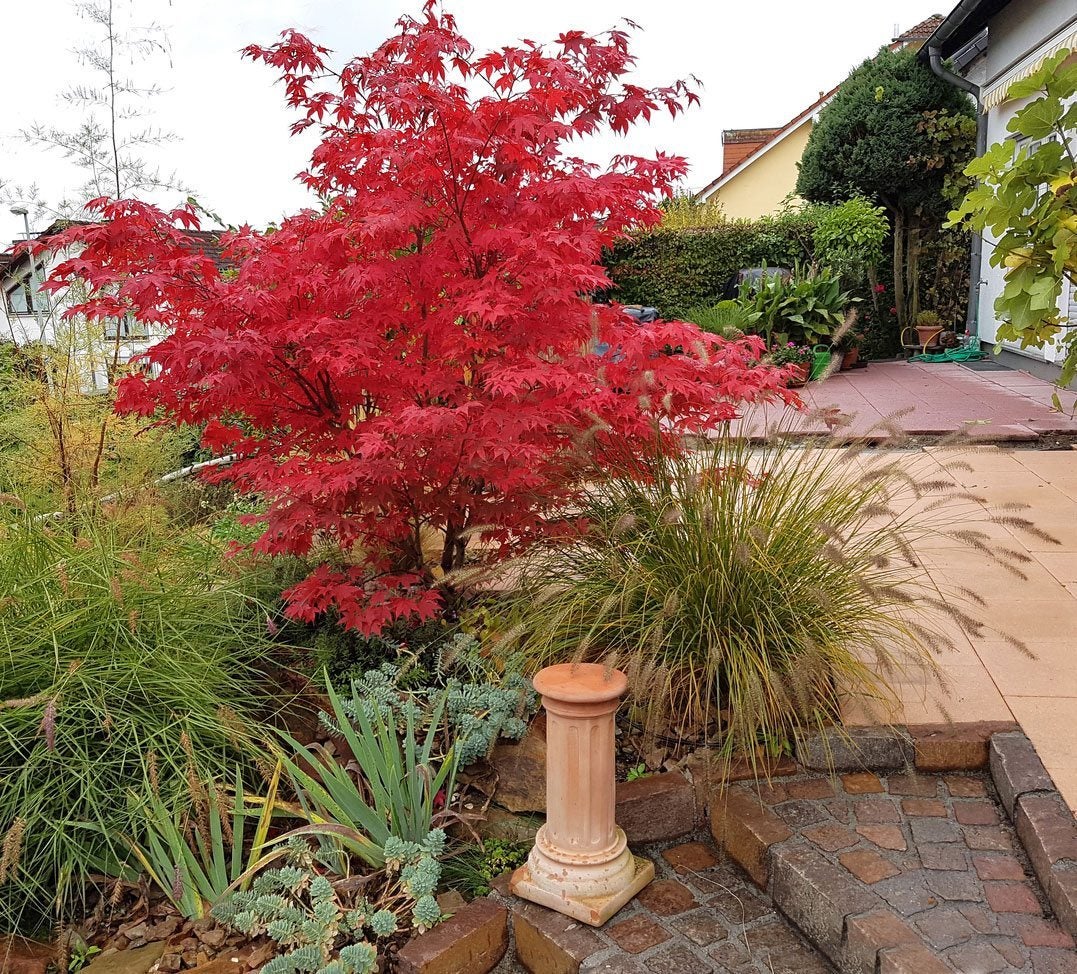 Japanese Maple Feeding Habits – How To Fertilize A Japanese Maple Tree
Japanese Maple Feeding Habits – How To Fertilize A Japanese Maple TreeJapanese maples are garden favorites with their graceful, slender trunks and delicate leaves. To keep your tree happy, you?ll need to site it correctly and apply fertilizer. If you want to learn when and how to fertilize a Japanese maple tree, this article will help.
By Teo Spengler
-
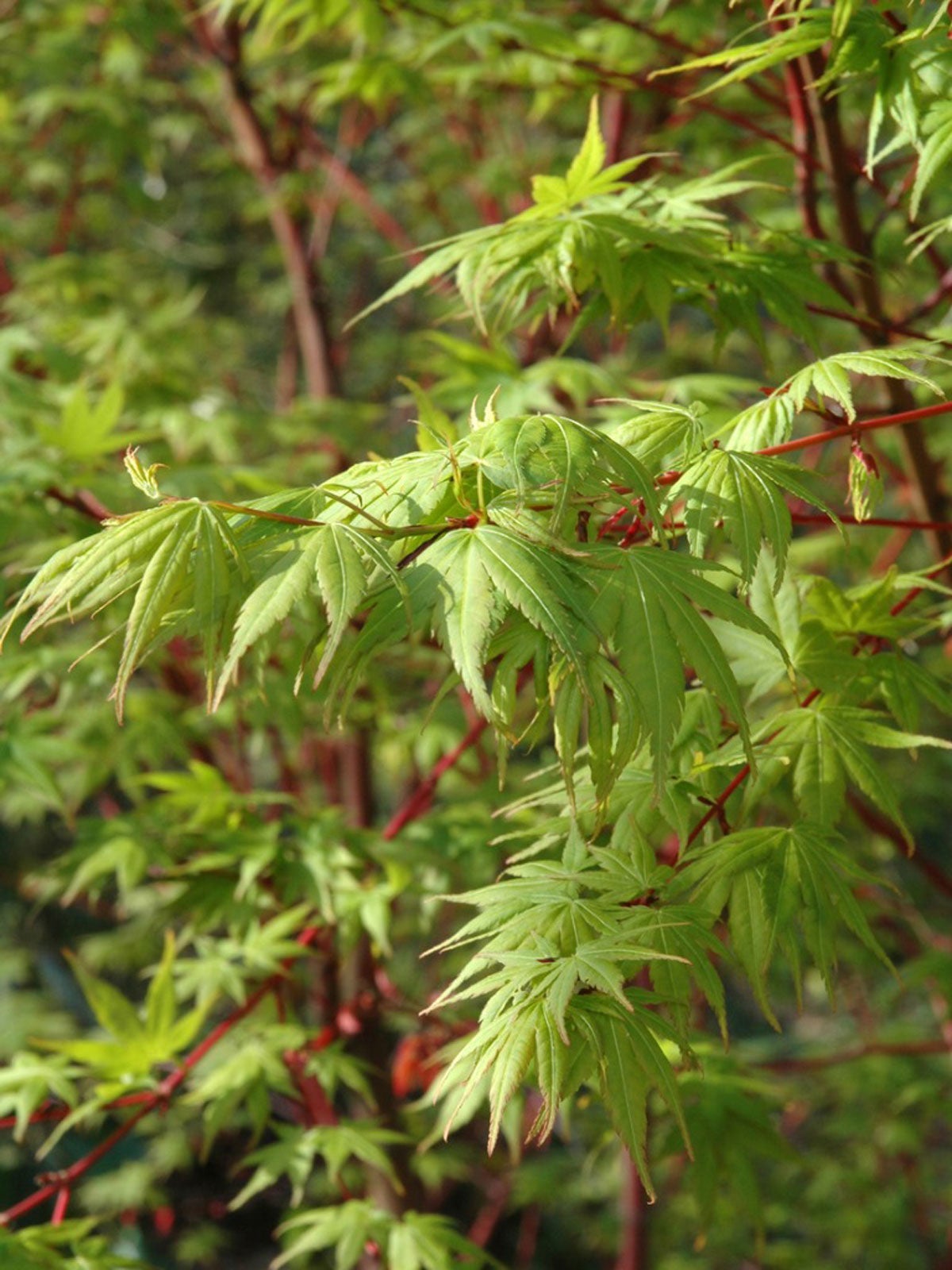 Coral Bark Maple Trees: Tips On Planting Coral Bark Japanese Maples
Coral Bark Maple Trees: Tips On Planting Coral Bark Japanese MaplesCoral bark maple trees (Acer palmatum "Sango-kaku") are Japanese maples with four seasons of interest in the landscape. Want to learn more about the coral bark tree? Click this article for additional information about this stunning tree.
By Darcy Larum
-
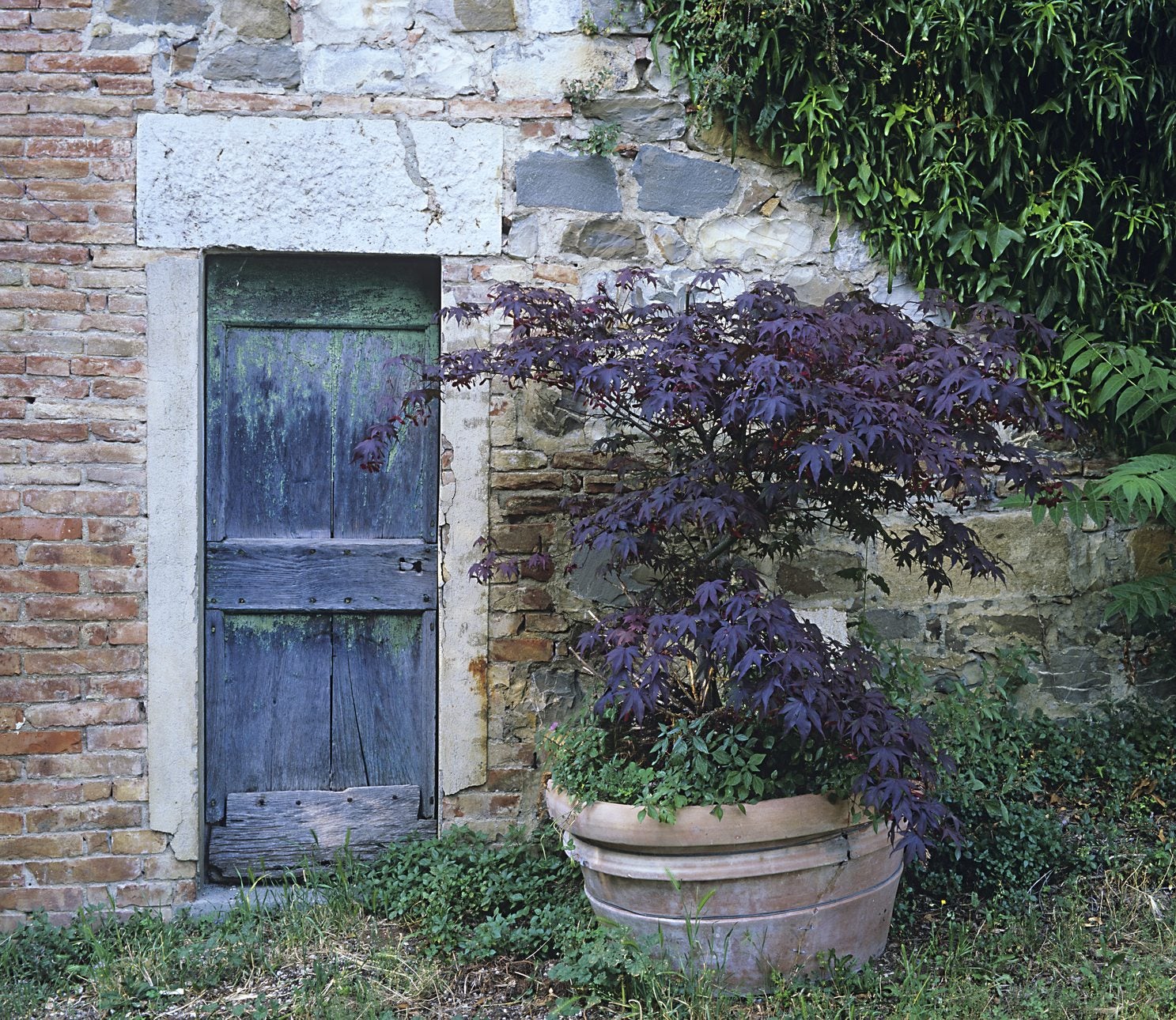 Caring For Potted Japanese Maples – Growing Japanese Maples In Containers
Caring For Potted Japanese Maples – Growing Japanese Maples In ContainersCan Japanese maples be grown in containers? Yes, they can. If you have a porch, a patio, or even a fire escape, you have what you need to start growing Japanese maples in containers. If you are interested in planting a Japanese maple in a pot, click here.
By Teo Spengler
-
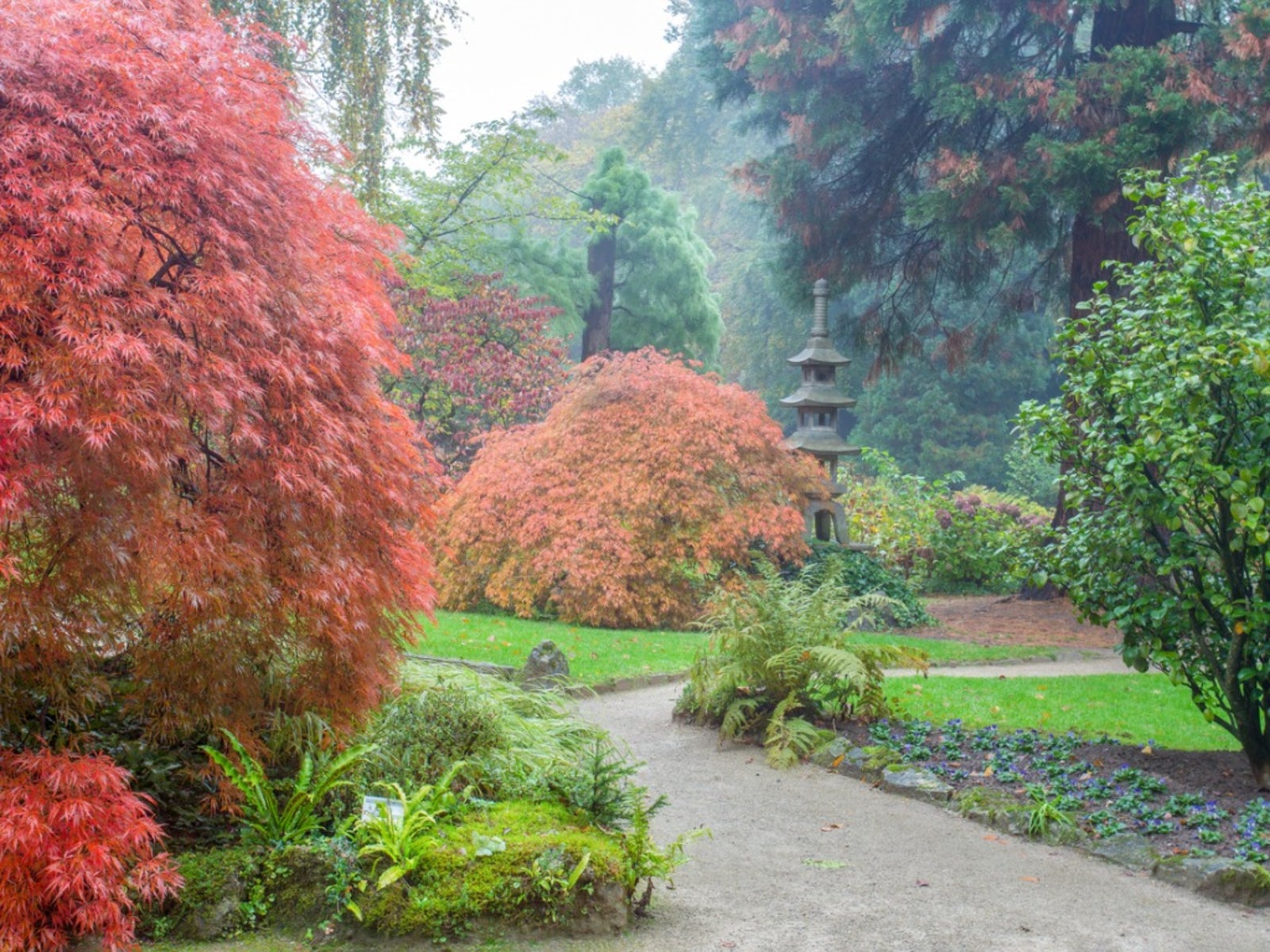 Japanese Maple Companions – What To Plant With Japanese Maple Trees
Japanese Maple Companions – What To Plant With Japanese Maple TreesThey add elegance to any garden when planted alone, but if you are looking for companions for Japanese maples, you'll have many choices. Look to this article for some ideas of what to plant with Japanese maple trees.
By Teo Spengler